For small businesses, competing in saturated markets can often feel like an uphill battle. Larger competitors have bigger budgets, wider audiences, and well-established brand recognition.
But guest posting offers a unique and accessible way for small businesses to level the playing field.
It allows you to tap into existing audiences, position yourself as an authority, and create growth opportunities that might otherwise seem out of reach.
Guest posting isn’t just a side tactic—it’s a growth strategy that, when executed correctly, can redefine how small businesses thrive in their niches.
By combining creative content with strategic placements, guest posting helps you cut through the noise, connect with the right audience, and ultimately, grow your business.
Let’s break down the transformative potential of guest posting for small businesses operating in competitive niches.
Contents:
- Breaking into Established Markets with Strategic Guest Posts
- Positioning Yourself as a Niche Specialist
- Tapping into the Power of Audience Borrowing
- Leveraging Guest Posts to Highlight Your Unique Selling Points
- Overcoming Budget Constraints Through Value-Driven Content
- Creating Long-Lasting Industry Impressions
- Scaling Awareness Beyond Local or Regional Audiences
- Converting Readers into Customers Through Guest Post CTAs
- Avoiding Common Guest Posting Mistakes for Small Businesses
Conclusion
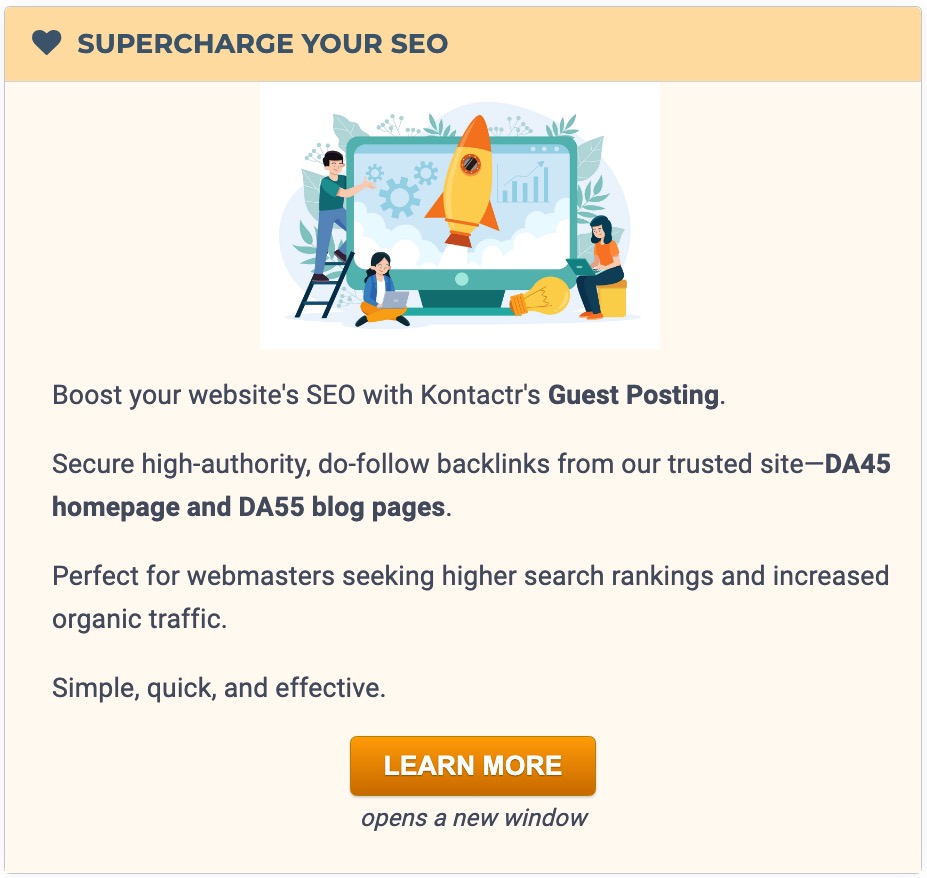
1. Breaking into Established Markets with Strategic Guest Posts
For small businesses, entering a market dominated by established players can feel like climbing a steep mountain.
Larger competitors often have advantages such as:
- Brand recognition
- Deeper resources
- And wider reach
However, guest posting can act as a shortcut, allowing you to strategically introduce your business to an audience that already trusts and engages with reputable blogs or platforms within your niche.
Imagine you’re a small eco-friendly cleaning products brand trying to compete against major corporations.

Instead of spending thousands on direct advertising, guest blogging for environmental or home improvement websites can be a game-changer.
By contributing well-crafted, informative content to these platforms, you get to share your message with an audience that aligns with your values and product offerings.
Strategic guest posts also help you address niche-specific pain points.
For example, if large competitors focus on efficiency but neglect sustainability, you can highlight your commitment to eco-friendly practices.
This approach allows you to fill a gap in the market while gaining exposure to readers eager for alternative solutions.
The key is consistency—frequent, relevant guest posts help you carve out a space for your business in even the most saturated markets.
Additionally, guest posting gives small businesses the chance to associate their brand with established names in their industry.
By appearing on high-authority websites, your credibility gets a boost, which can be instrumental in leveling the playing field against bigger players.
The ripple effect of this exposure often leads to increased brand recognition and trust.
Small businesses should also consider the long-term impact of guest posts on their SEO. By earning high-quality backlinks from reputable websites, you improve your site’s visibility on search engines.
This enhanced visibility translates into a steady flow of organic traffic, helping your business gain traction over time without relying solely on paid marketing.
Breaking into a crowded market isn’t just about outspending competitors; it’s about outsmarting them.
Guest posting empowers small businesses to do exactly that by leveraging strategic partnerships, creating tailored content, and aligning with audiences who are ready to listen.
2. Positioning Yourself as a Niche Specialist
In competitive markets, standing out as a generalist is nearly impossible.
Consumers gravitate toward brands that present themselves as specialists, offering solutions tailored to specific needs.
Guest posting provides an opportunity to position yourself as an expert within your niche, setting your small business apart from the crowd.
Take, for instance, a small coffee roastery aiming to differentiate itself in a crowded market.

Instead of broadly targeting coffee drinkers, the business could focus on becoming an authority in sustainable, single-origin coffee.
By contributing guest posts to food blogs, lifestyle platforms, or even sustainability websites, the roastery can showcase its expertise on topics like ethical sourcing, unique flavor profiles, or brewing techniques.
Another way to establish yourself as a niche specialist is by addressing overlooked topics or emerging trends within your industry.
For example, if you’re a fitness coach, guest blogging about niche topics such as recovery techniques, mental wellness, or dietary strategies for specific demographics can help you reach a more engaged audience.
Specialized content builds trust and sets you apart from competitors who are too broad in their messaging.
Moreover, guest posts can reinforce your authority by allowing you to share unique insights, case studies, or actionable tips that readers won’t find elsewhere.
When you provide value that goes beyond surface-level information, readers begin to see you as a reliable source of expertise. This perception translates into higher trust and loyalty, which are essential for small businesses aiming to thrive in competitive niches.
To truly excel as a niche specialist, consistency is key.
Regular guest posts on targeted platforms create a cumulative effect, gradually strengthening your reputation and solidifying your position as a go-to resource in your industry.
This approach not only attracts customers but also opens doors to collaborations, partnerships, and other growth opportunities.
3. Tapping into the Power of Audience Borrowing
For small businesses with limited marketing budgets, reaching the right audience can be one of the biggest challenges.
This is where the concept of audience borrowing comes into play, and guest posting serves as an ideal vehicle for it.
By publishing content on established blogs or platforms, you effectively "borrow" their audience, gaining exposure to a group of readers who already trust and engage with that source.
Audience borrowing isn’t just about visibility—it’s about connecting with the right people.
For instance, if you own a handmade jewelry business, guest blogging on a fashion blog allows you to showcase your products to readers interested in accessories and personal style.

These are not just passive readers but potential customers who are already primed to appreciate your offerings.
The benefits of audience borrowing extend beyond immediate visibility.
Readers who discover your brand through guest posts are more likely to perceive you as credible and trustworthy.
This is because they associate your brand with the platform they already respect. This trust factor can significantly reduce the time it takes to convert readers into customers.
Moreover, guest posting allows you to tap into niche communities that might otherwise be difficult to reach.
For example, a small eco-friendly packaging business might struggle to compete in the broader packaging industry but can find its ideal audience by guest posting on sustainability-focused blogs.
By aligning with platforms that cater to specific interests, you ensure that your content reaches readers who are genuinely interested in what you have to offer.
Audience borrowing through guest posting also creates opportunities for collaboration and networking.
The relationships you build with blog owners, editors, and readers can lead to additional guest blogging opportunities, co-branded campaigns, or even long-term partnerships.
These connections amplify your reach, making audience borrowing a cornerstone of growth for small businesses.
4. Leveraging Guest Posts to Highlight Your Unique Selling Points
In a competitive niche, your Unique Selling Points (USPs) are what make your business stand out.
Guest posts offer an ideal platform to showcase these USPs, allowing you to communicate what sets your brand apart in a way that resonates with your target audience.
For example, if your small business specializes in artisanal skincare products, your USP might be the use of locally sourced, organic ingredients.

A guest post on a beauty or wellness blog can delve into the benefits of these ingredients, educating readers while subtly promoting your brand. The key is to weave your USPs into the narrative without making the content overly promotional.
Highlighting your USPs through guest posts also allows you to address specific pain points of your audience.
If your USP is fast delivery times, you can write a guest post about how timely shipping enhances the customer experience. This approach not only showcases your strengths but also positions your brand as a solution to common challenges faced by consumers in your niche.
Another advantage of guest posting is the ability to use storytelling to emphasize your USPs.
Sharing the story behind your business—why it was founded, the challenges you’ve overcome, or the values that drive your work—creates an emotional connection with readers.
This connection makes your USPs more memorable and impactful.
Finally, guest posts give you the freedom to experiment with different angles for presenting your USPs. By contributing to multiple platforms, you can test which narratives resonate most with your audience.
This feedback can inform your broader marketing strategy, ensuring that your messaging is as effective as possible.
5. Overcoming Budget Constraints Through Value-Driven Content
Small businesses often operate on tight budgets, making it difficult to compete with larger competitors who can afford extensive advertising campaigns.
However, guest posting offers a cost-effective way to drive growth by focusing on value-driven content. Unlike paid advertising, which requires ongoing investment, guest posts have a long shelf life and continue to deliver value over time.
Value-driven content is all about providing actionable insights, helpful tips, or unique perspectives that resonate with your audience.
For instance, if you run a small fitness studio, a guest post on a health blog about "Top 5 Exercises for Busy Professionals" provides immediate value to readers while subtly promoting your expertise.

This approach positions your brand as helpful and knowledgeable, building trust without requiring a large financial outlay.
Another advantage of value-driven content is its shareability.
High-quality guest posts are more likely to be shared by readers, amplifying your reach without additional costs. A single well-crafted guest post can generate significant organic traffic, making it one of the most cost-effective strategies for small businesses.
Guest posting also allows you to repurpose content, maximizing the return on your investment. A blog post written for a guest platform can be adapted into social media posts, email newsletters, or even video content.
This versatility ensures that you get the most out of your content creation efforts, stretching your budget further.
In addition, guest posts can serve as a gateway to other low-cost marketing opportunities.
For example, the relationships you build through guest blogging might lead to partnerships, joint promotions, or even free publicity. These opportunities can significantly boost your visibility without straining your budget.
By focusing on value-driven content, small businesses can overcome budget constraints and achieve meaningful growth through guest posting.
The key is to prioritize quality over quantity, ensuring that each guest post delivers maximum impact.
6. Creating Long-Lasting Industry Impressions
Guest posts are not just about immediate results—they’re about creating lasting impressions that position your brand as a key player in your industry.
When executed well, a single guest post can leave a lasting impact on readers, influencers, and industry stakeholders.
Long-lasting impressions are built on authenticity and relevance.
For example, if you own a small organic coffee brand, a guest post discussing the environmental impact of conventional coffee farming can resonate deeply with eco-conscious readers.
By addressing meaningful topics, you create content that sticks with your audience, encouraging them to remember your brand long after they’ve finished reading.
Guest posts also allow you to align your brand with influential platforms in your niche.
When readers see your content on a website they trust, it reinforces your credibility and expertise. This association can lead to increased brand recognition, making it easier for your business to stand out in a crowded market.
Another way to create lasting impressions is by using guest posts to share unique insights or innovative ideas.
For instance, if you run a small tech startup, a guest post about emerging trends in your industry can position your brand as a thought leader. Thought leadership not only boosts your reputation but also opens doors to new opportunities, such as speaking engagements, collaborations, or media coverage.
Finally, guest posts contribute to your digital footprint, ensuring that your brand remains visible to both current and future audiences.
High-quality content on reputable platforms enhances your SEO, making it easier for potential customers to discover your business through organic search.
This long-term visibility ensures that your guest posts continue to deliver value, even months or years after publication.
7. Scaling Awareness Beyond Local or Regional Audiences
One of the significant advantages of guest posting is its ability to expand your brand’s reach far beyond your local or regional market.
For small businesses aiming to grow, breaking geographical barriers can open up new opportunities and help attract a broader audience.
Guest posts on well-known blogs or niche platforms allow your business to tap into audiences that might never have encountered your brand otherwise.
For instance, a small bakery specializing in gluten-free products might guest post on a national health and wellness blog, introducing its offerings to readers across the country. This exposure can lead to increased brand recognition and potentially attract out-of-town or online customers.

Moreover, scaling awareness through guest posting is not limited to geographic expansion. It also involves reaching new customer segments within your niche.
For example, a local home décor store can guest post on platforms that cater to interior design enthusiasts, DIY decorators, or sustainable living advocates. This targeted approach ensures that your content resonates with readers who are most likely to engage with your brand.
Another benefit of guest posting is its ability to establish your business as a reputable player in your industry.
When potential customers see your content on multiple trusted platforms, it reinforces the perception of your business as a reliable and authoritative source.
This trust factor is crucial for scaling your brand’s awareness and fostering long-term customer relationships.
To maximize the impact of guest posting, small businesses should strategically select platforms that align with their goals. Focus on websites with high traffic, strong engagement, and an audience that matches your target demographic.
By choosing the right platforms and crafting compelling content, you can effectively scale your brand’s awareness and reach new heights.
8. Converting Readers into Customers Through Guest Post CTAs
While guest posts are excellent for increasing visibility and authority, their ultimate goal is often to convert readers into customers.
This is where a well-crafted Call-to-Action (CTA) becomes crucial. A CTA serves as the bridge between your content and the reader’s next step, guiding them toward engaging with your business.
Effective CTAs are clear, compelling, and relevant to the content of your guest post.

For instance, a small fitness studio writing a guest post about "Quick Workouts for Busy Professionals" might include a CTA like:
Sign up for a free trial class to experience our 30-minute express workouts.
This approach provides immediate value while encouraging readers to take action.
CTAs can take various forms depending on your goals.
Some common examples include:
- Encouraging readers to visit your website for more information.
- Offering a free resource, such as an eBook or guide, in exchange for their email address.
- Inviting readers to follow your social media accounts for additional tips and updates.
- Promoting a limited-time discount or special offer for first-time customers.
Placement also plays a significant role in the effectiveness of your CTAs.
Position them strategically within your guest post, ensuring they feel natural and not overly promotional.
For example, a CTA at the end of a section summarizing your expertise can serve as a logical next step for readers seeking more information.
Finally, test and optimize your CTAs to maximize conversions. Experiment with different wording, designs, or placements to determine what resonates most with your audience.
By leveraging powerful CTAs, small businesses can turn guest post readers into loyal customers, driving tangible results from their efforts.
9. Avoiding Common Guest Posting Mistakes for Small Businesses

Guest posting offers incredible potential for small businesses, but common mistakes can undermine its effectiveness. By recognizing and avoiding these pitfalls, you can ensure that your efforts yield maximum results.
One frequent mistake is choosing the wrong platforms for guest posting.
Posting on websites that lack relevance or credibility can dilute your brand’s image and fail to attract your target audience. Instead, prioritize platforms that align with your industry, values, and goals, ensuring your content reaches the right readers.
Another common error is crafting content that is overly promotional.
While it’s essential to highlight your business, guest posts should primarily aim to inform, educate, or entertain. Content that feels like an advertisement can turn readers off and damage your credibility. Focus on providing value and weaving your brand’s message subtly into the narrative.
Neglecting to follow a platform’s guidelines is another pitfall to avoid.
Each website has specific rules for guest contributions, ranging from word count to formatting requirements. Ignoring these guidelines can result in your post being rejected or delayed, wasting valuable time and effort.
Failing to engage with readers after publication is also a missed opportunity.
Responding to comments, answering questions, or sharing your post on social media shows that you value reader interaction. This engagement enhances your credibility and encourages further discussion, increasing the impact of your guest post.
Finally, many small businesses overlook the importance of tracking performance.
Without analyzing metrics like traffic, conversions, or engagement, it’s challenging to measure the ROI of your guest posting efforts. Regularly reviewing these insights allows you to refine your strategy and maximize your results.
Conclusion
Guest posting is a powerful tool for small businesses looking to grow in competitive niches. By strategically crafting and distributing content, you can establish authority, expand your reach, and drive meaningful engagement with your target audience.
The key to success lies in understanding your niche, selecting the right platforms, and delivering high-quality content that resonates with readers. From leveraging CTAs to scaling awareness, every aspect of your guest posting strategy should be designed to deliver value and build connections.
As you refine your approach, remember that guest posting is not a one-time effort but an ongoing process.
Consistency, authenticity, and a commitment to excellence will set your business apart, turning guest posts into a reliable growth engine for your brand.

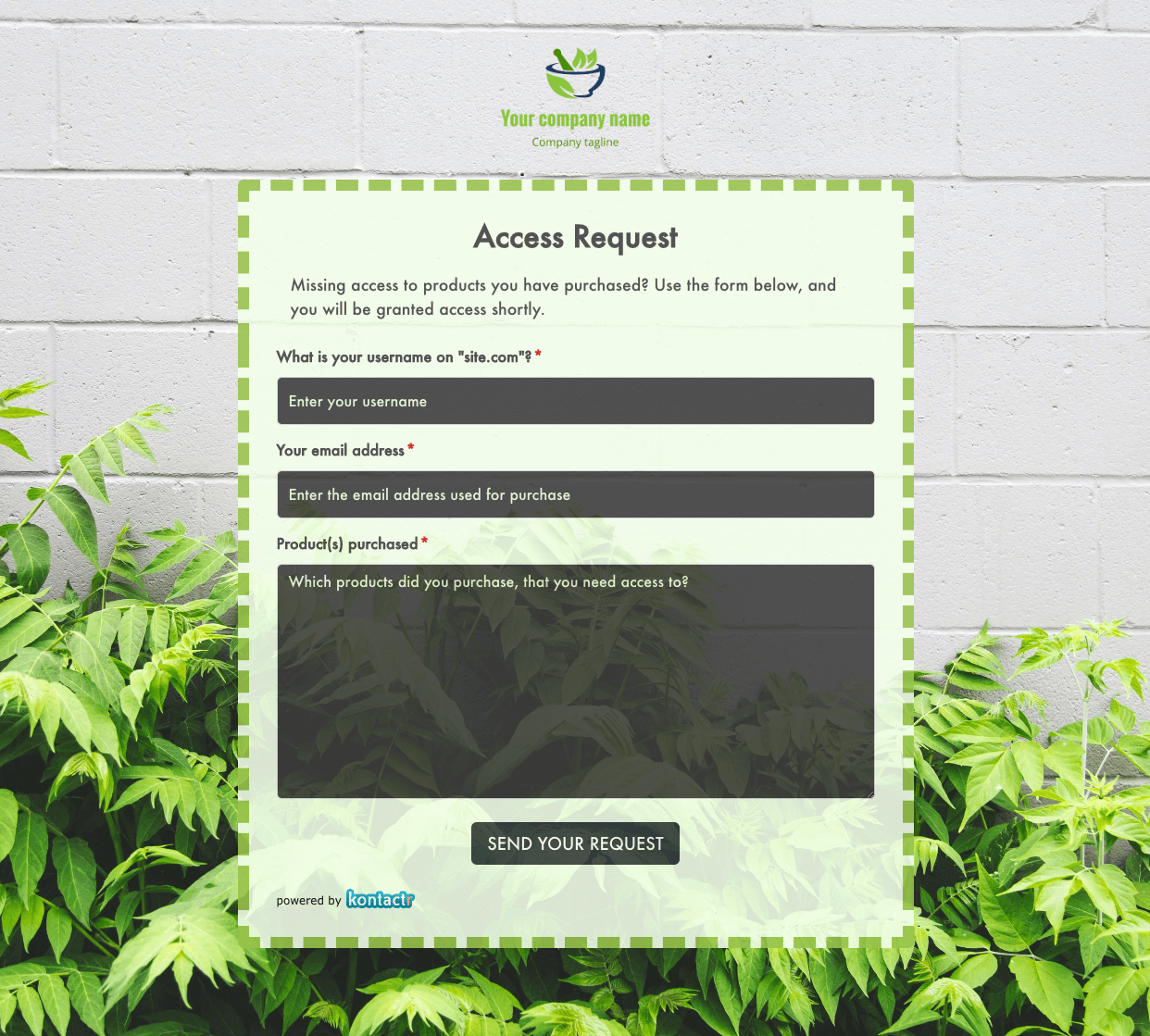 Access Request Form
Access Request Form
 Afterparty RSVP Form
Afterparty RSVP Form
 Band Discovery Form
Band Discovery Form
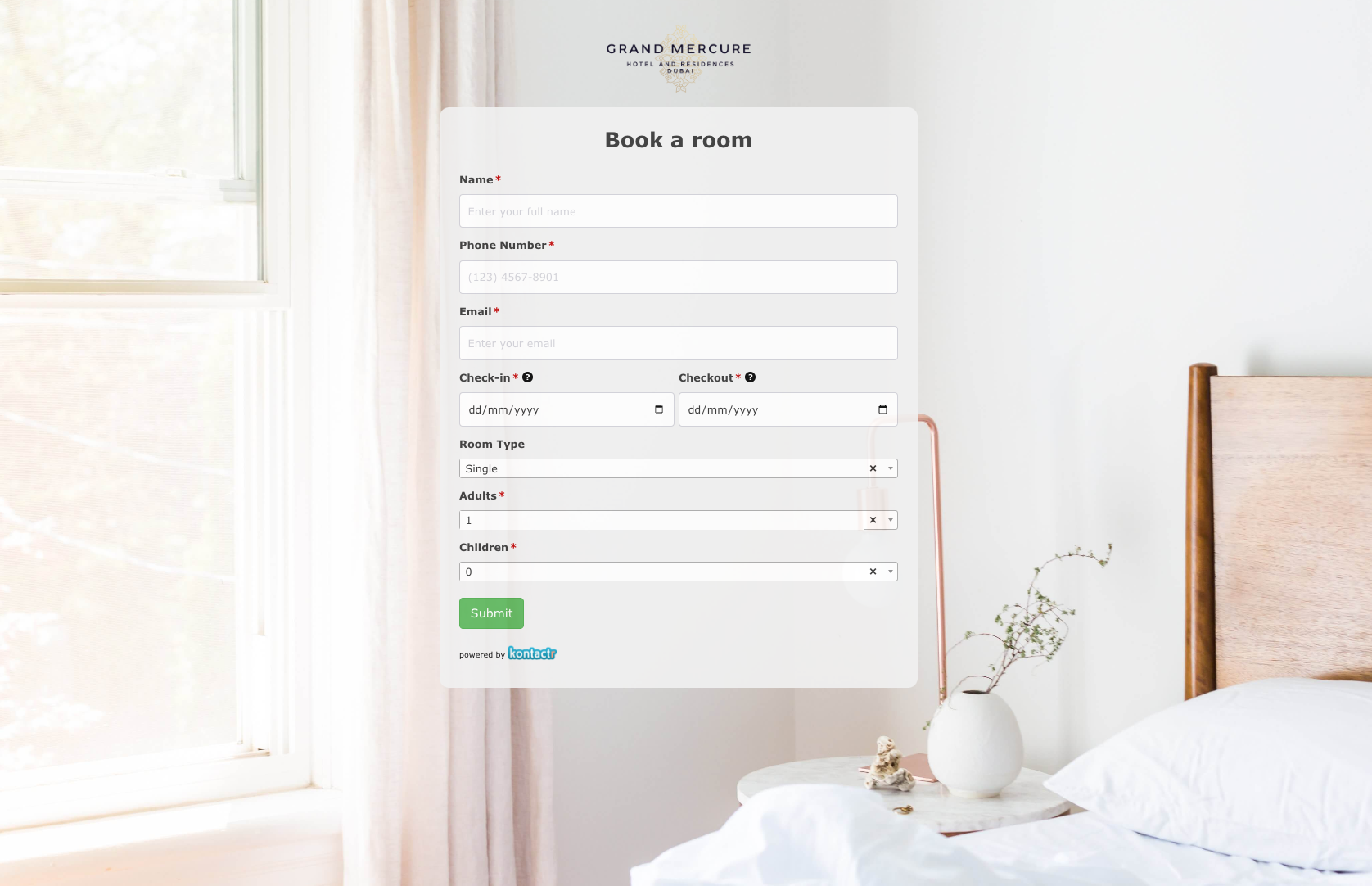 Book a room Form
Book a room Form
 Booking Enquiries Form
Booking Enquiries Form
 Brochure Mailing Form
Brochure Mailing Form
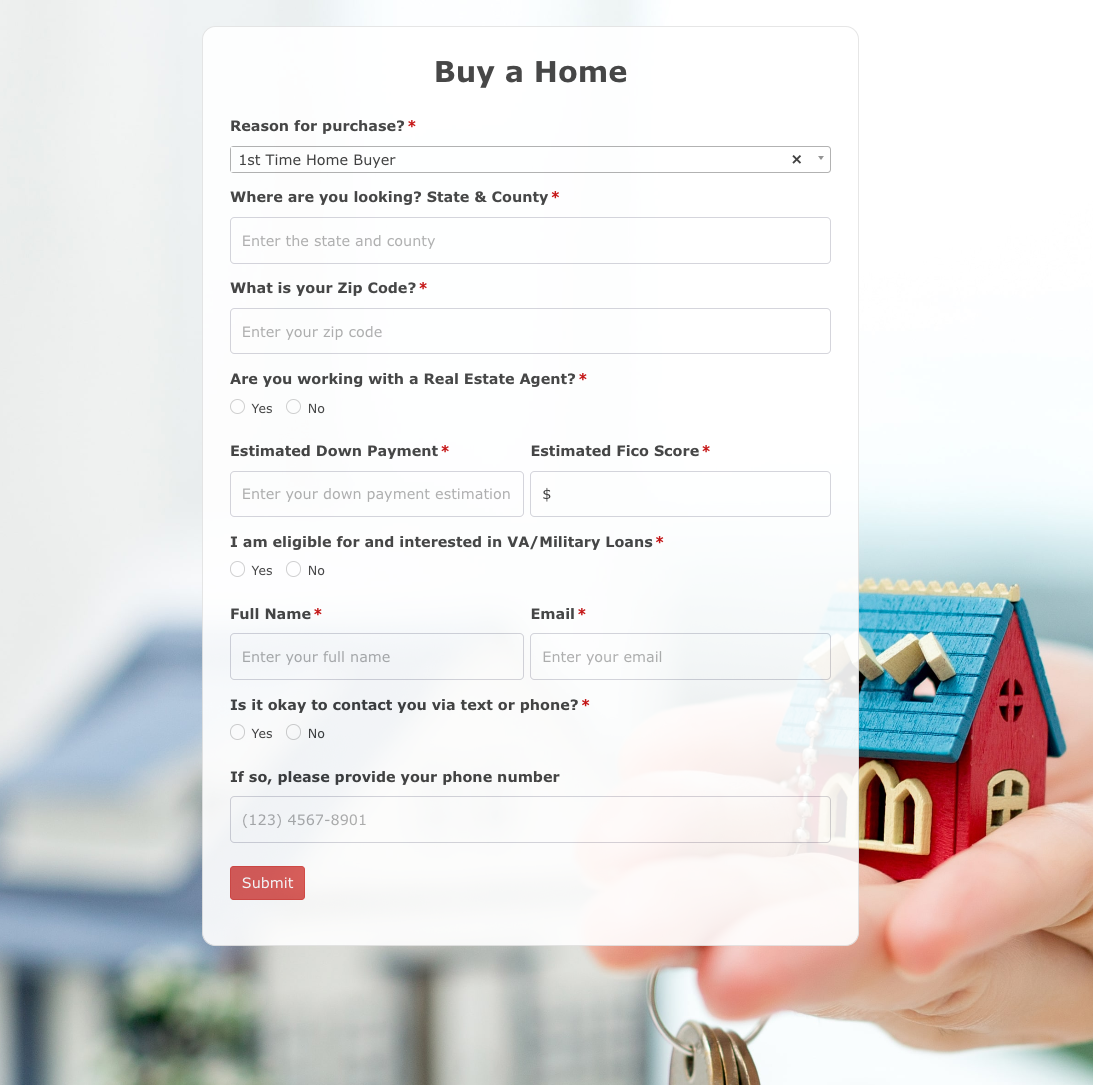 Buy a Home Form
Buy a Home Form
 Catalog Request Form
Catalog Request Form
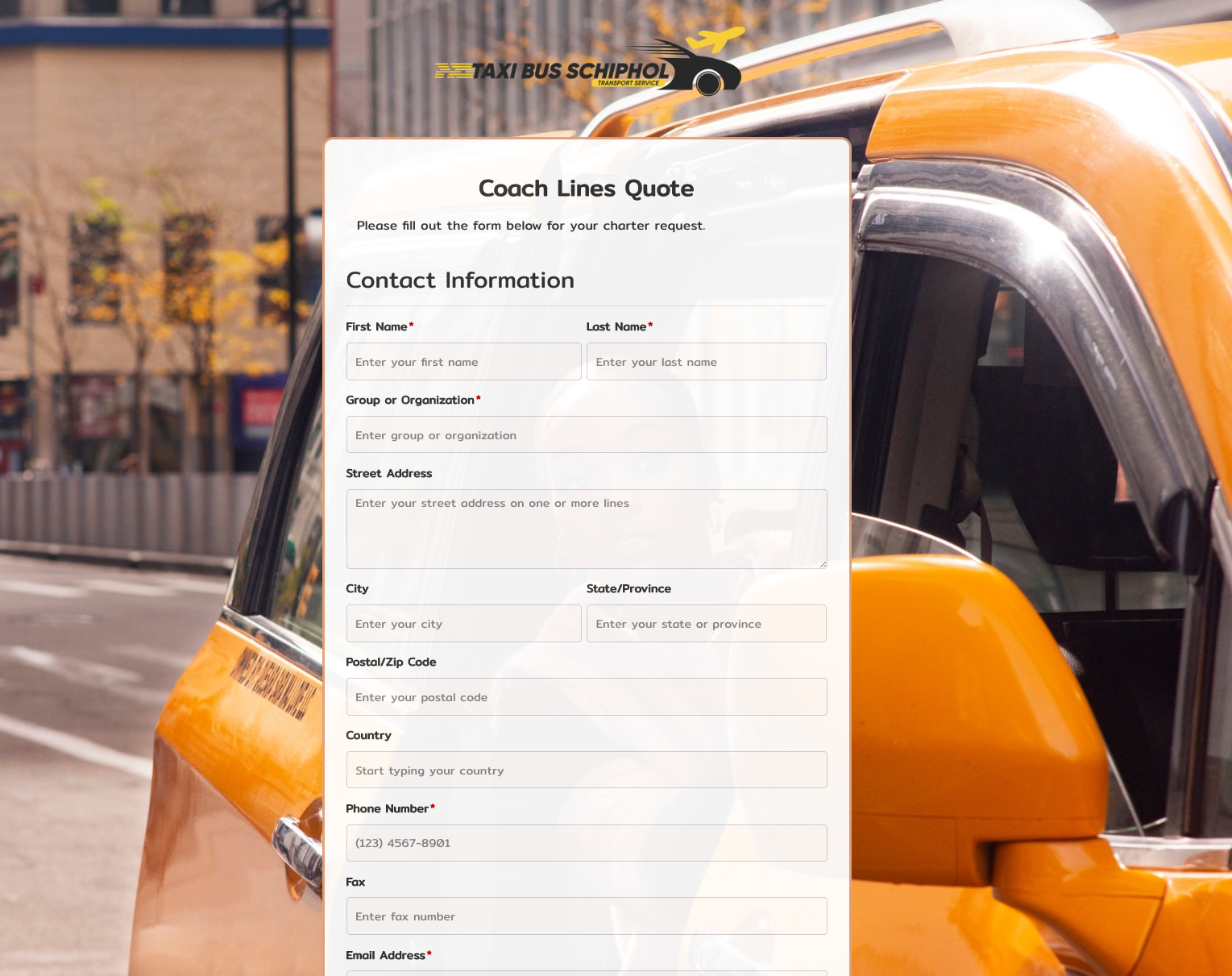 Coach Lines Quote Form
Coach Lines Quote Form
 Contact Us Form
Contact Us Form
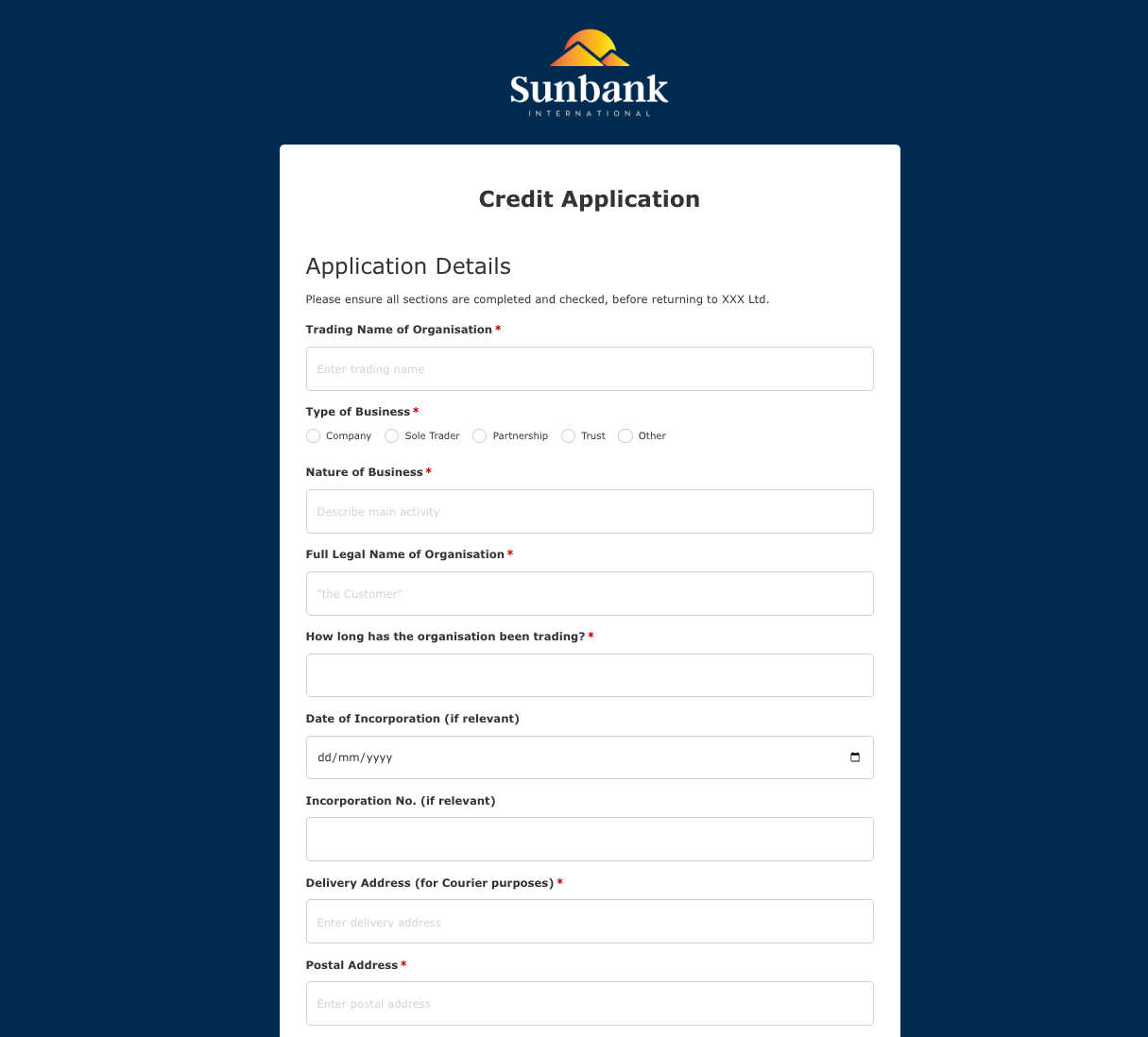 Credit Application Form
Credit Application Form
 Drop me a line Form
Drop me a line Form
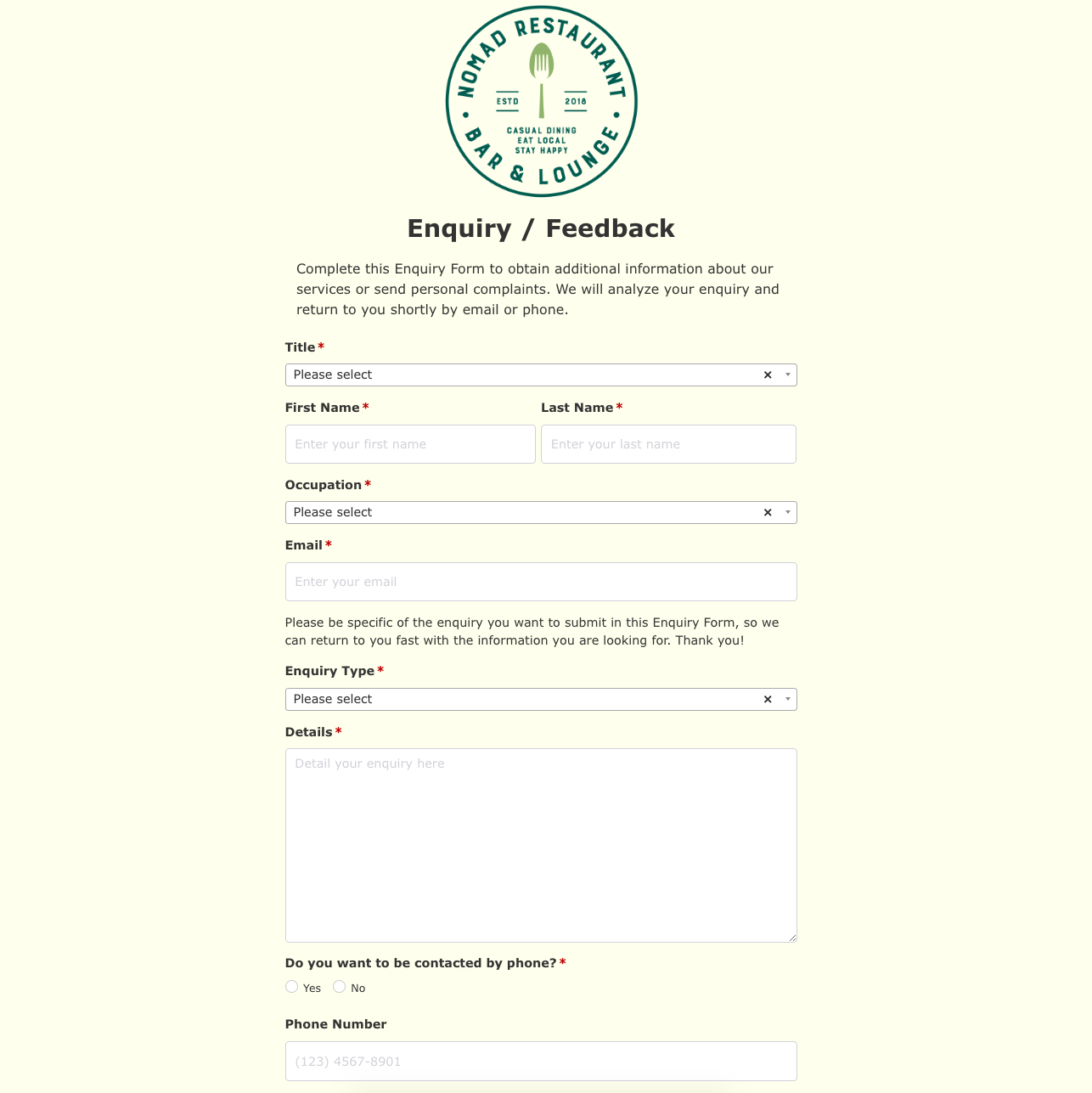 Enquiry / Feedback Form
Enquiry / Feedback Form
 Got a question? Form
Got a question? Form
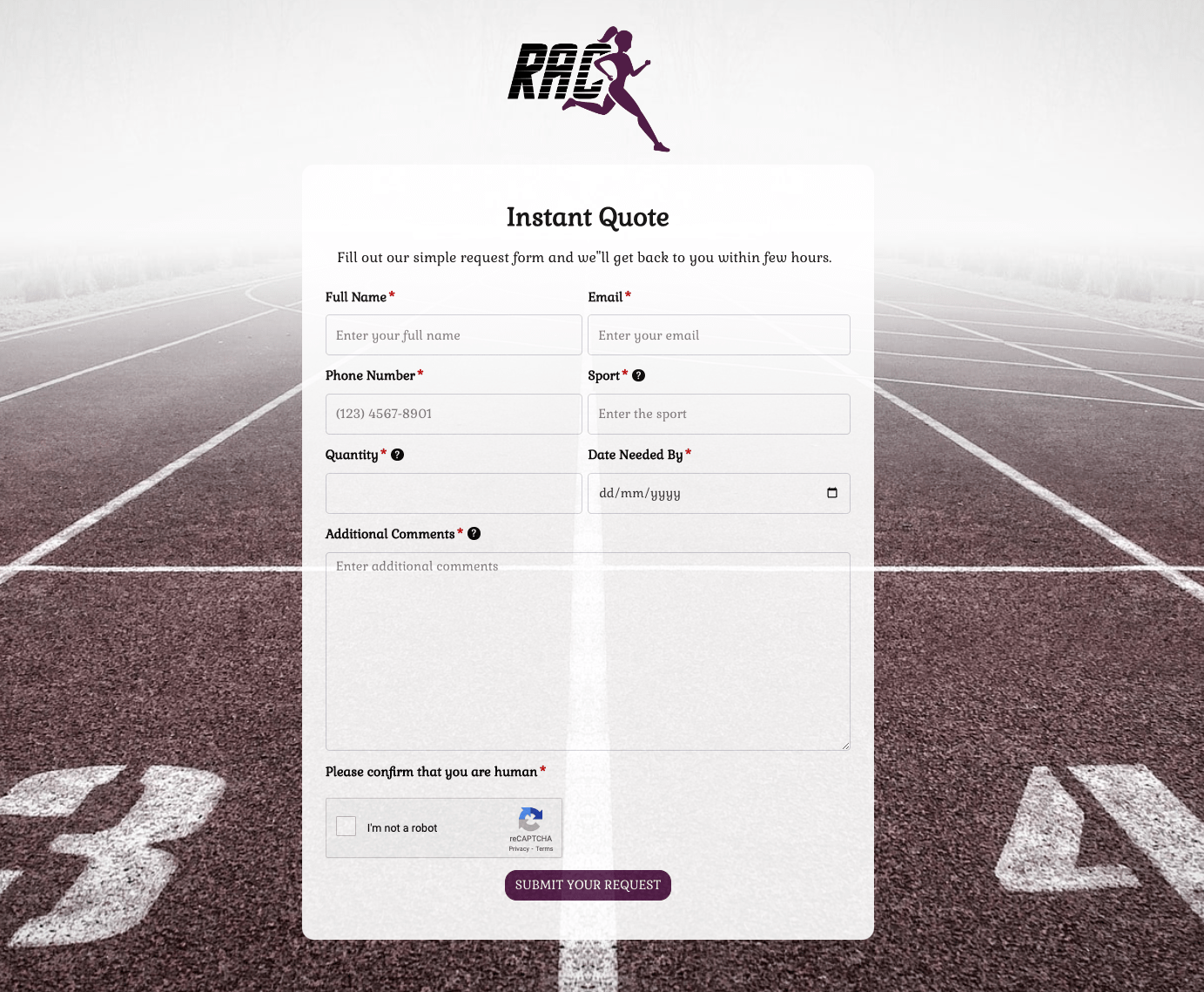 Instant Quote Form
Instant Quote Form
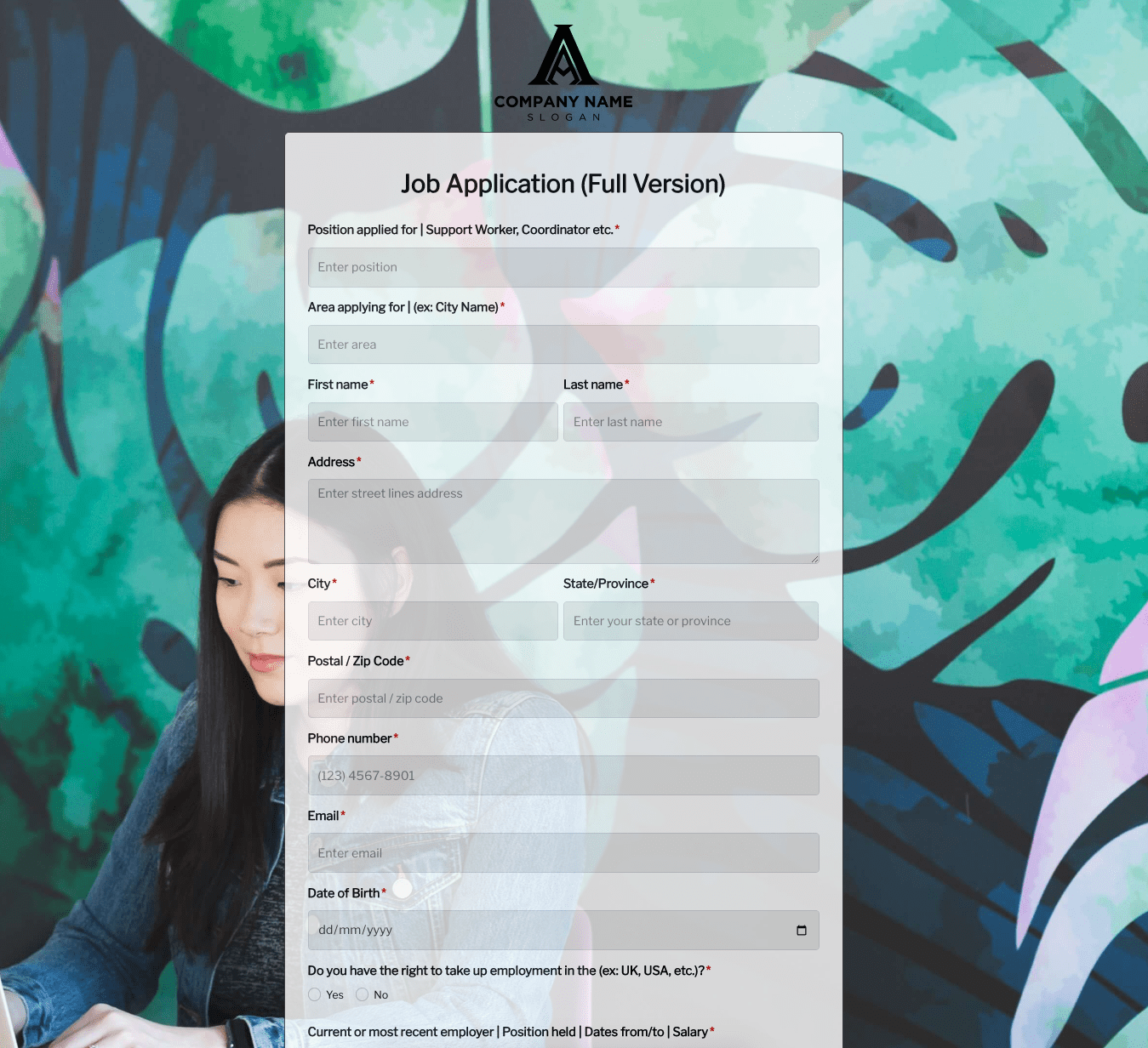 Job Application Form
Job Application Form
 Language & Literacy Lab Form
Language & Literacy Lab Form
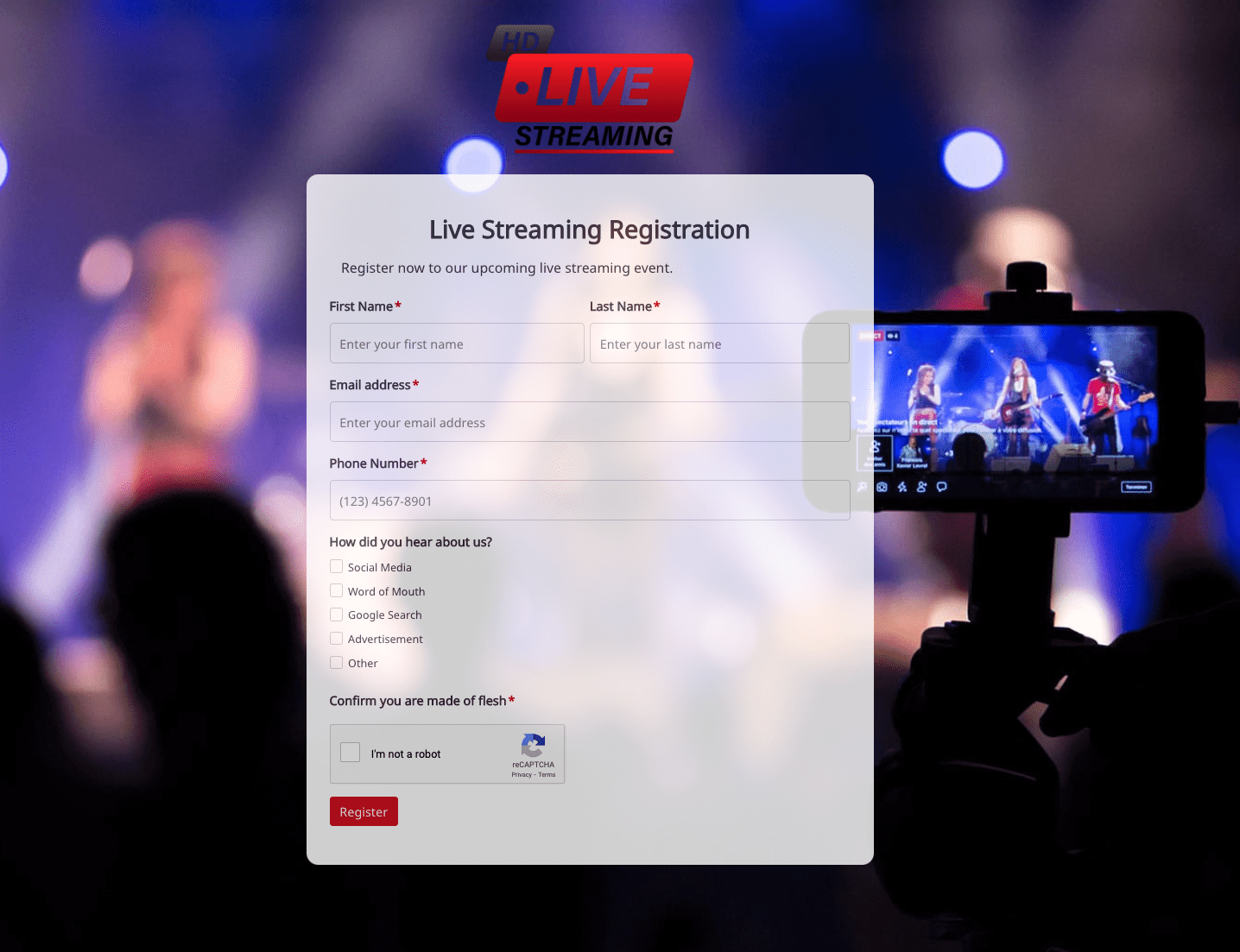 Live Streaming Registration Form
Live Streaming Registration Form
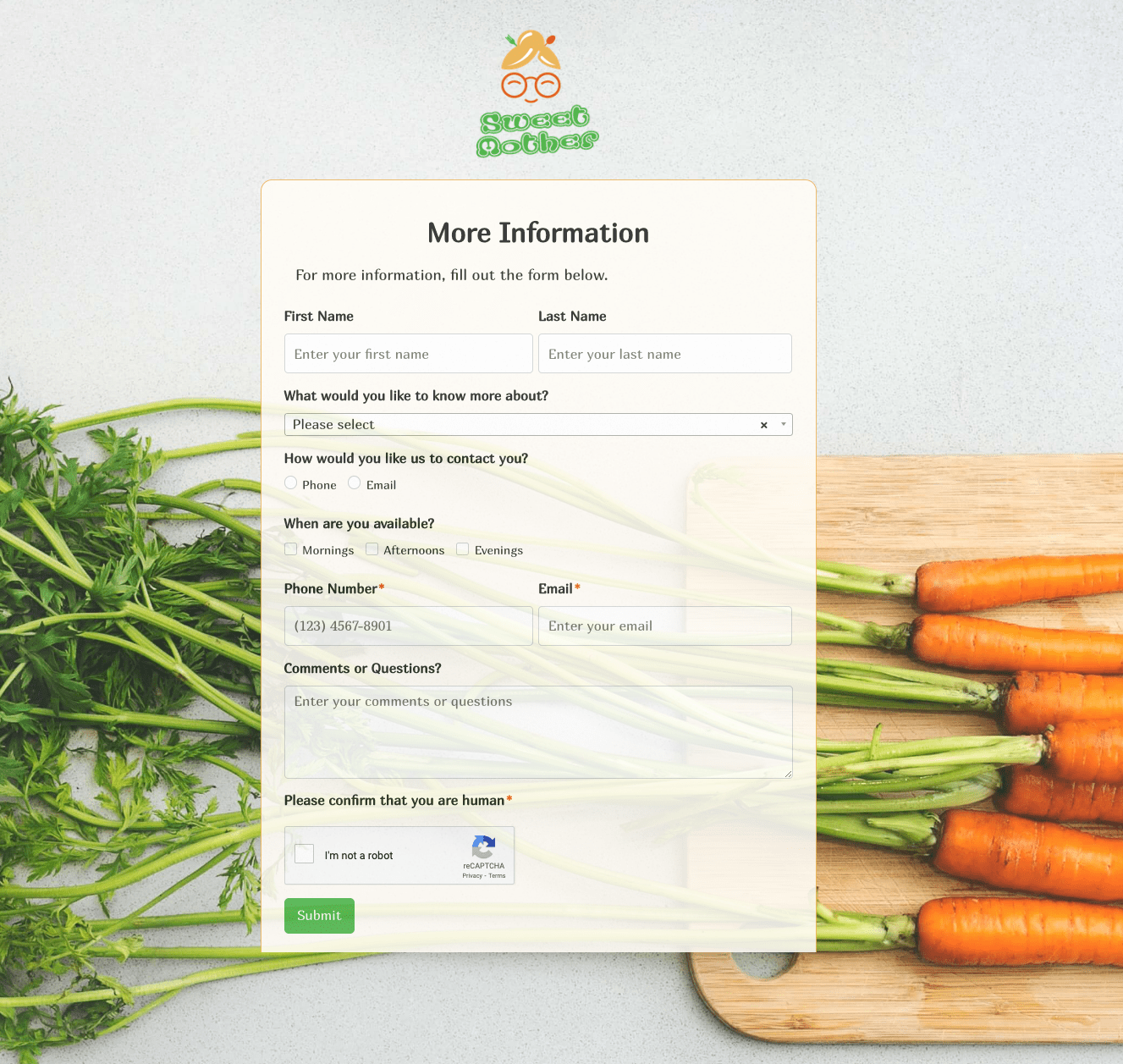 More Information Form
More Information Form
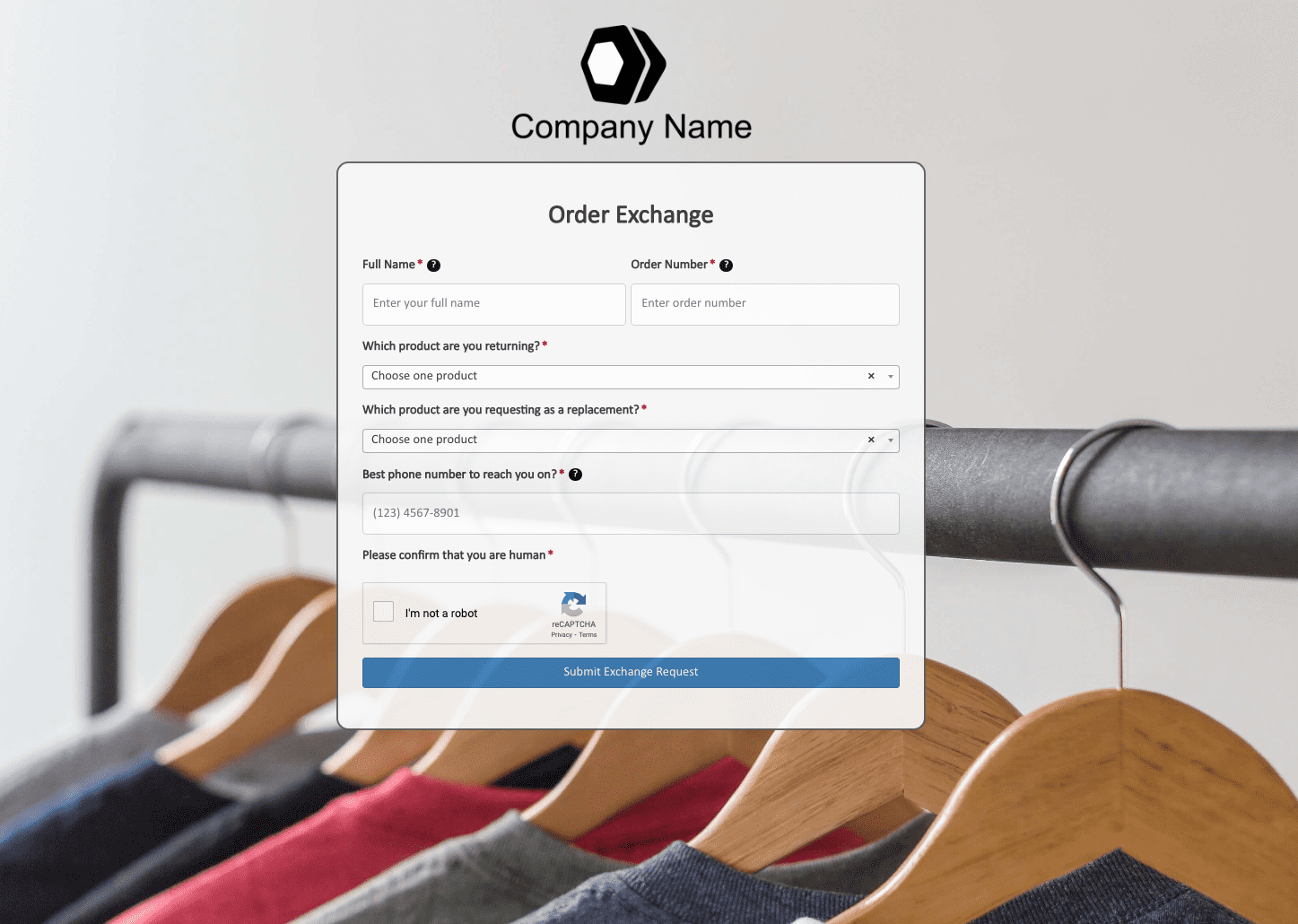 Order Exchange Form
Order Exchange Form
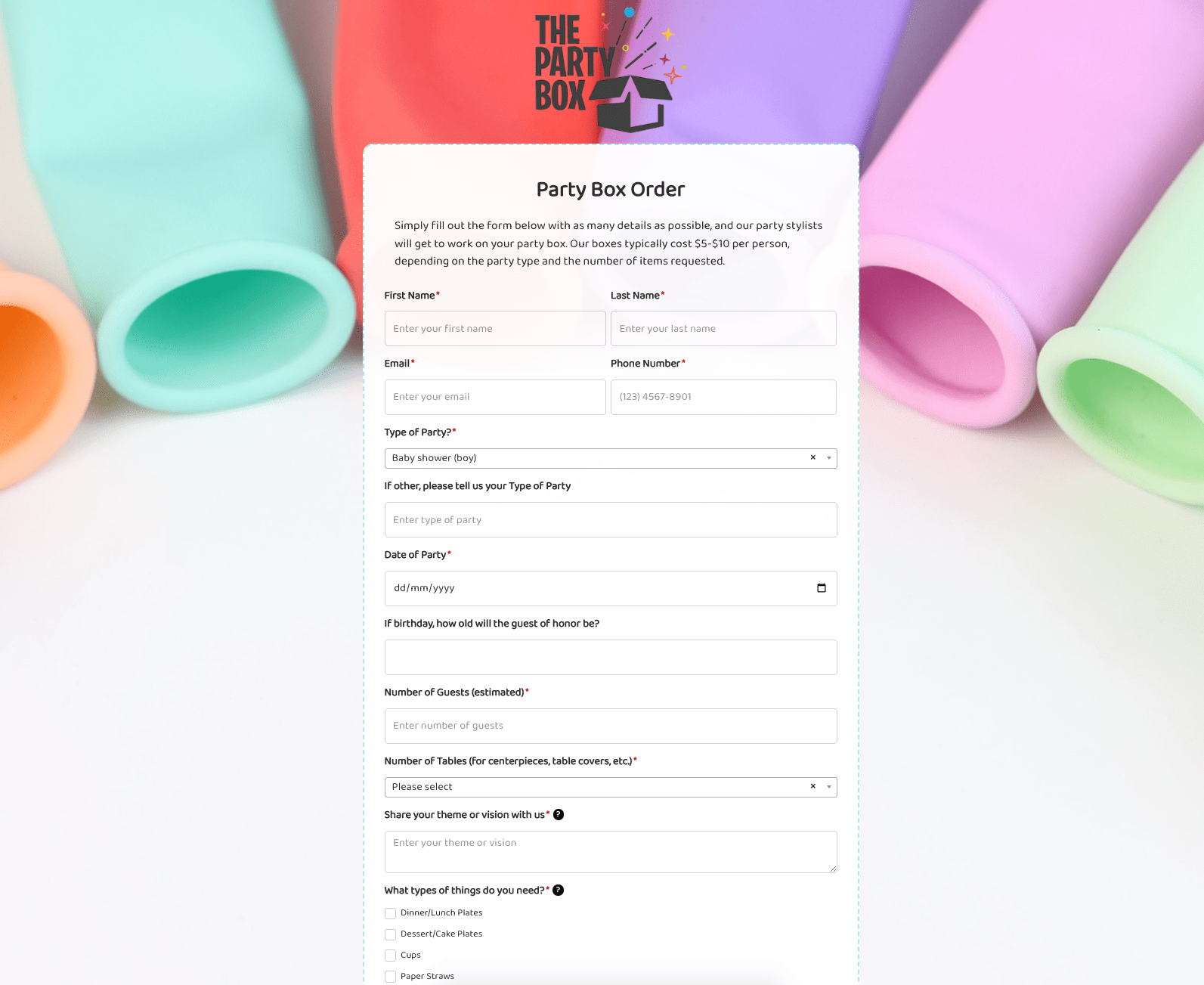 Party Box Order Form
Party Box Order Form
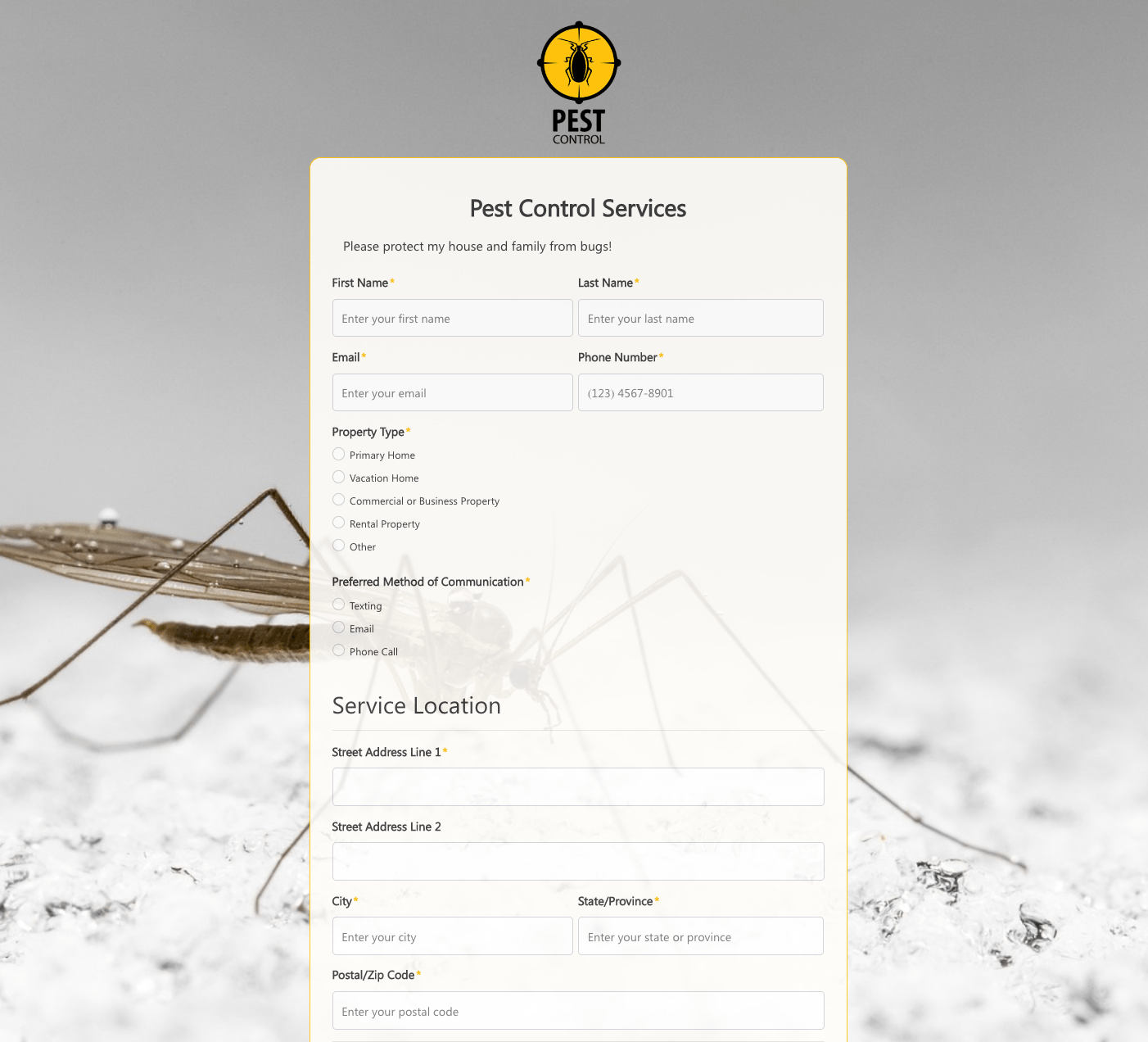 Pest Control Services Form
Pest Control Services Form
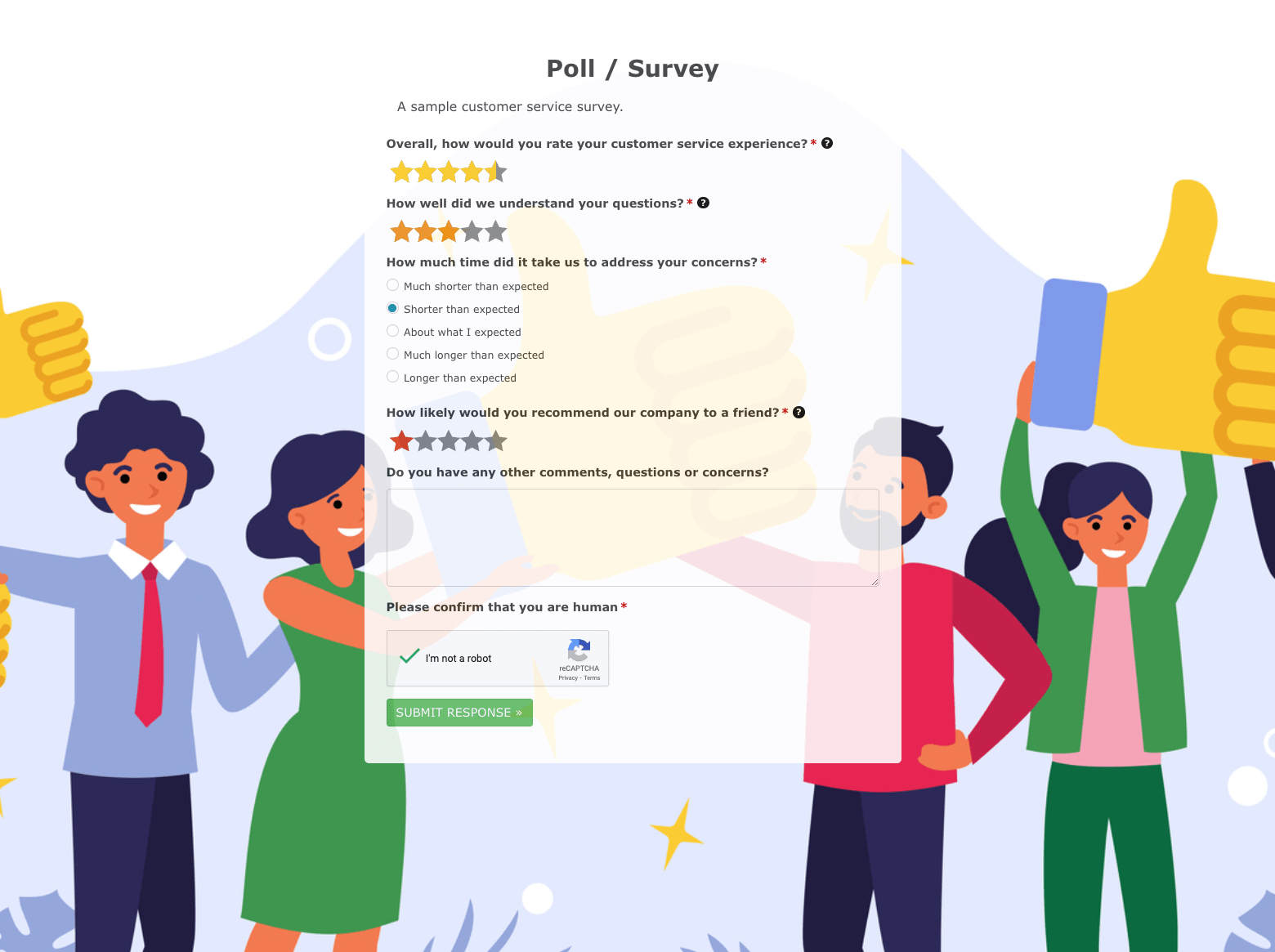 Poll / Survey Form
Poll / Survey Form
 Receive Ebook Form
Receive Ebook Form
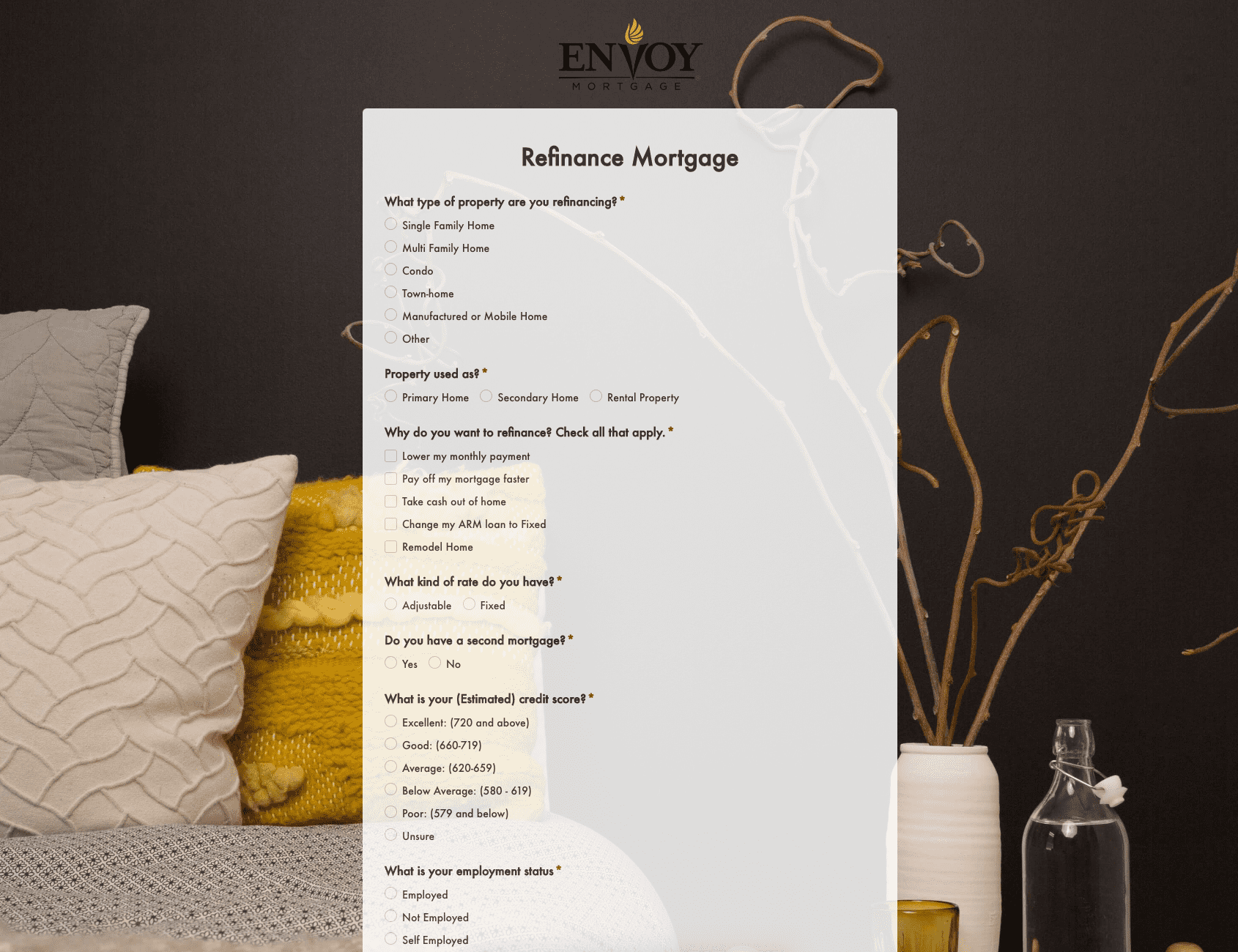 Refinance Mortgage Form
Refinance Mortgage Form
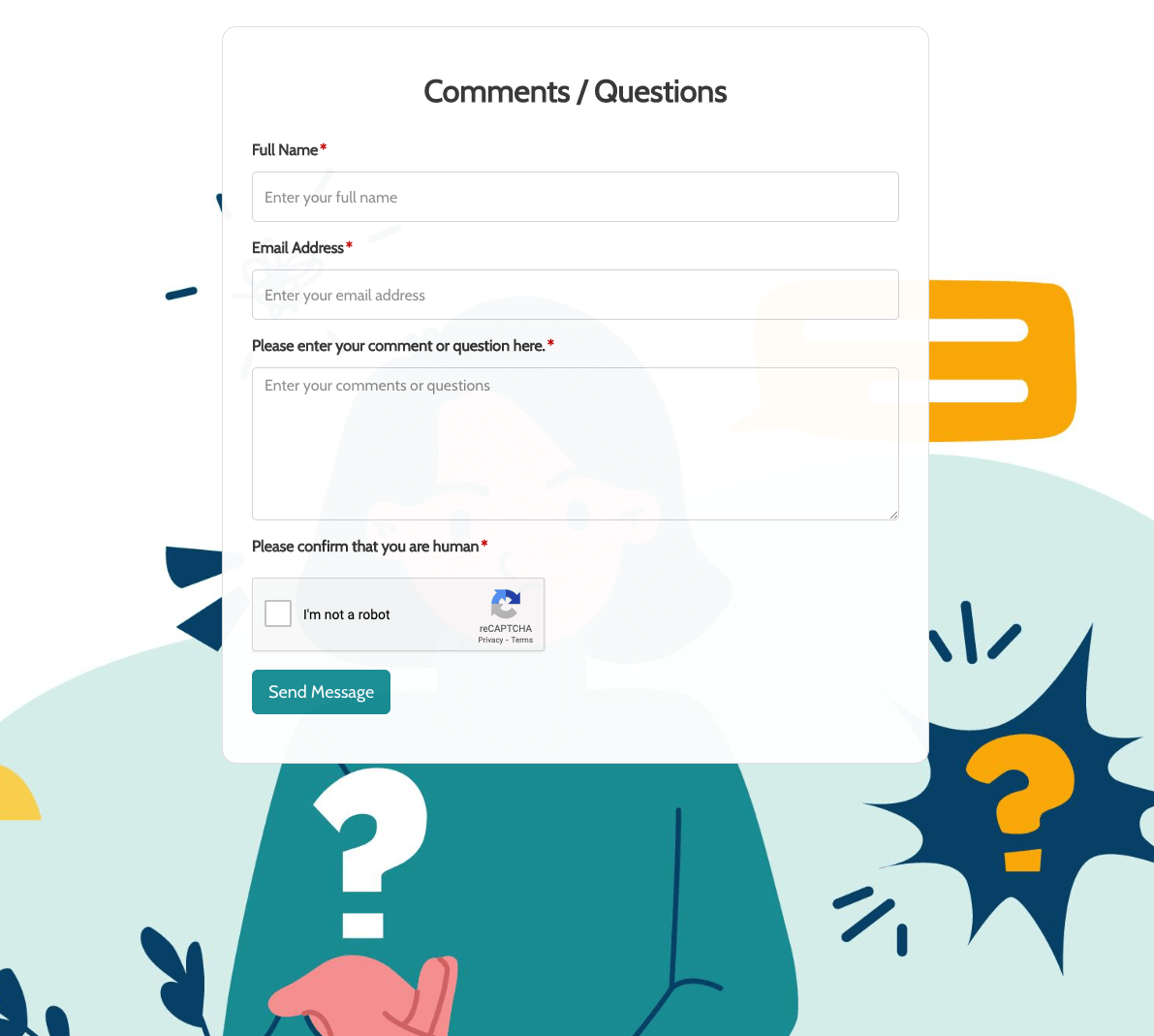 Remarks / Questions Form
Remarks / Questions Form
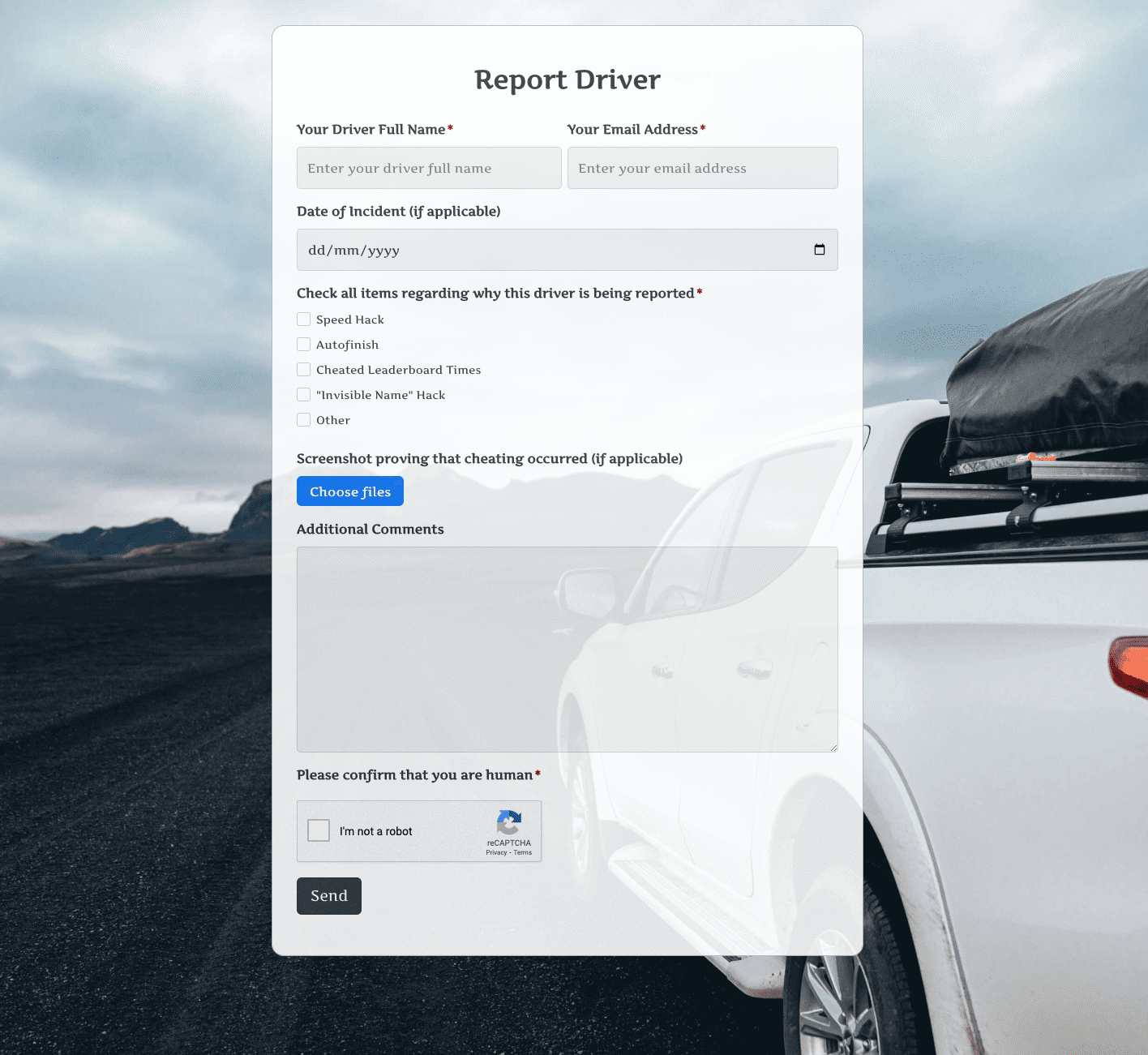 Report Driver Form
Report Driver Form
 Retreat Information Form
Retreat Information Form
 Service Enquiry Form
Service Enquiry Form
 Skydiving Registration Form
Skydiving Registration Form
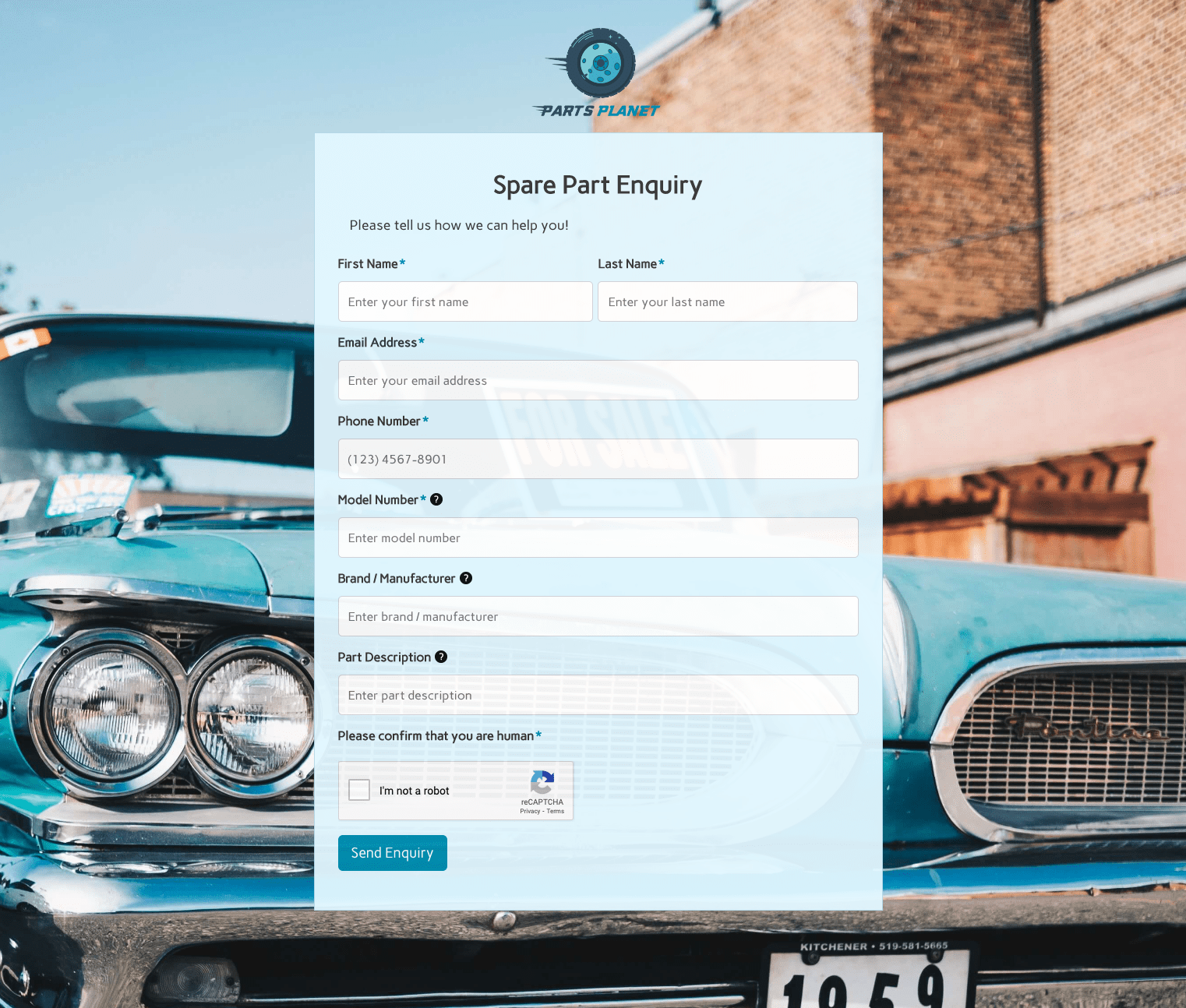 Spare Part Enquiry Form
Spare Part Enquiry Form
 Staff Application Form
Staff Application Form
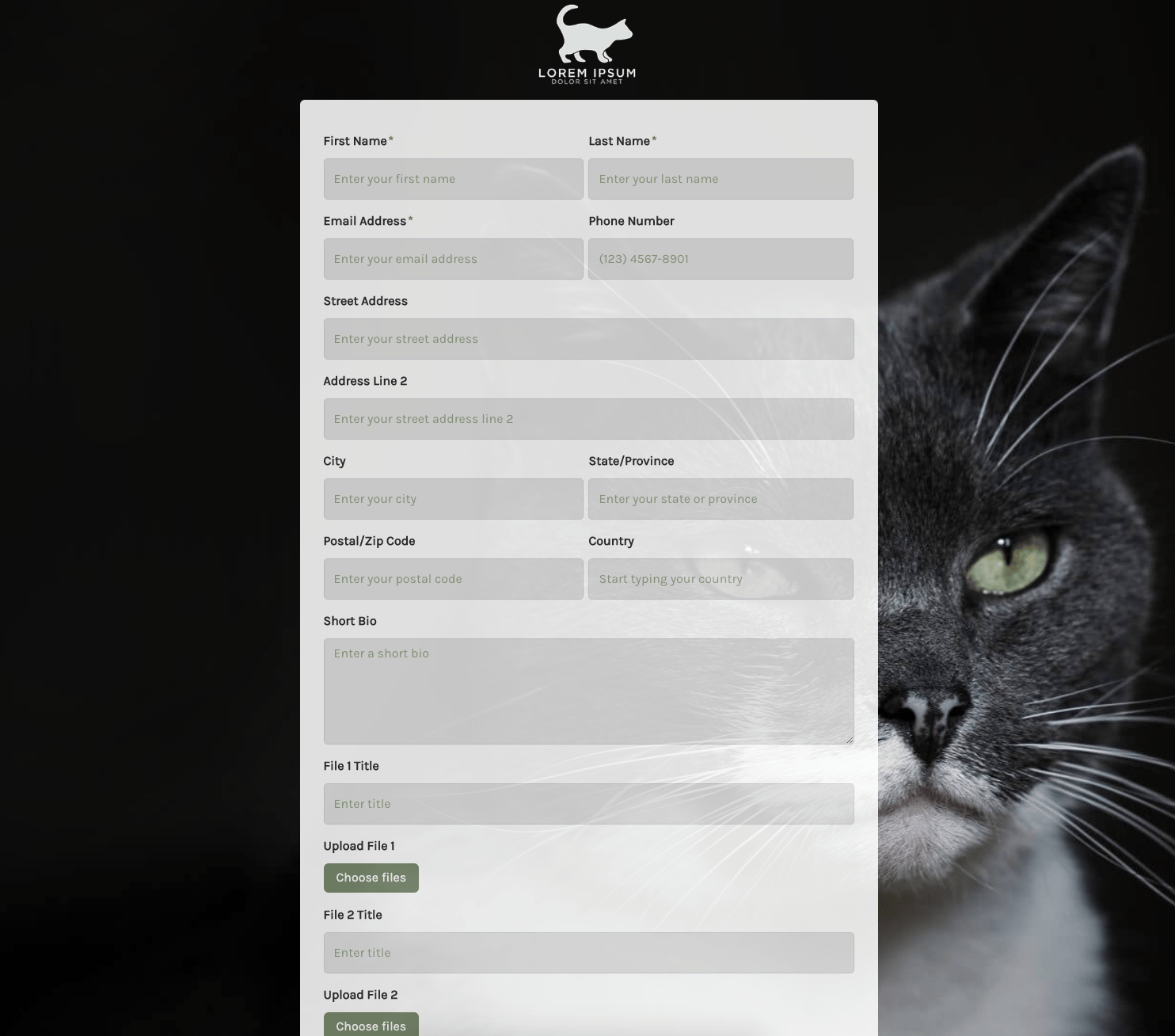 Submission Form
Submission Form
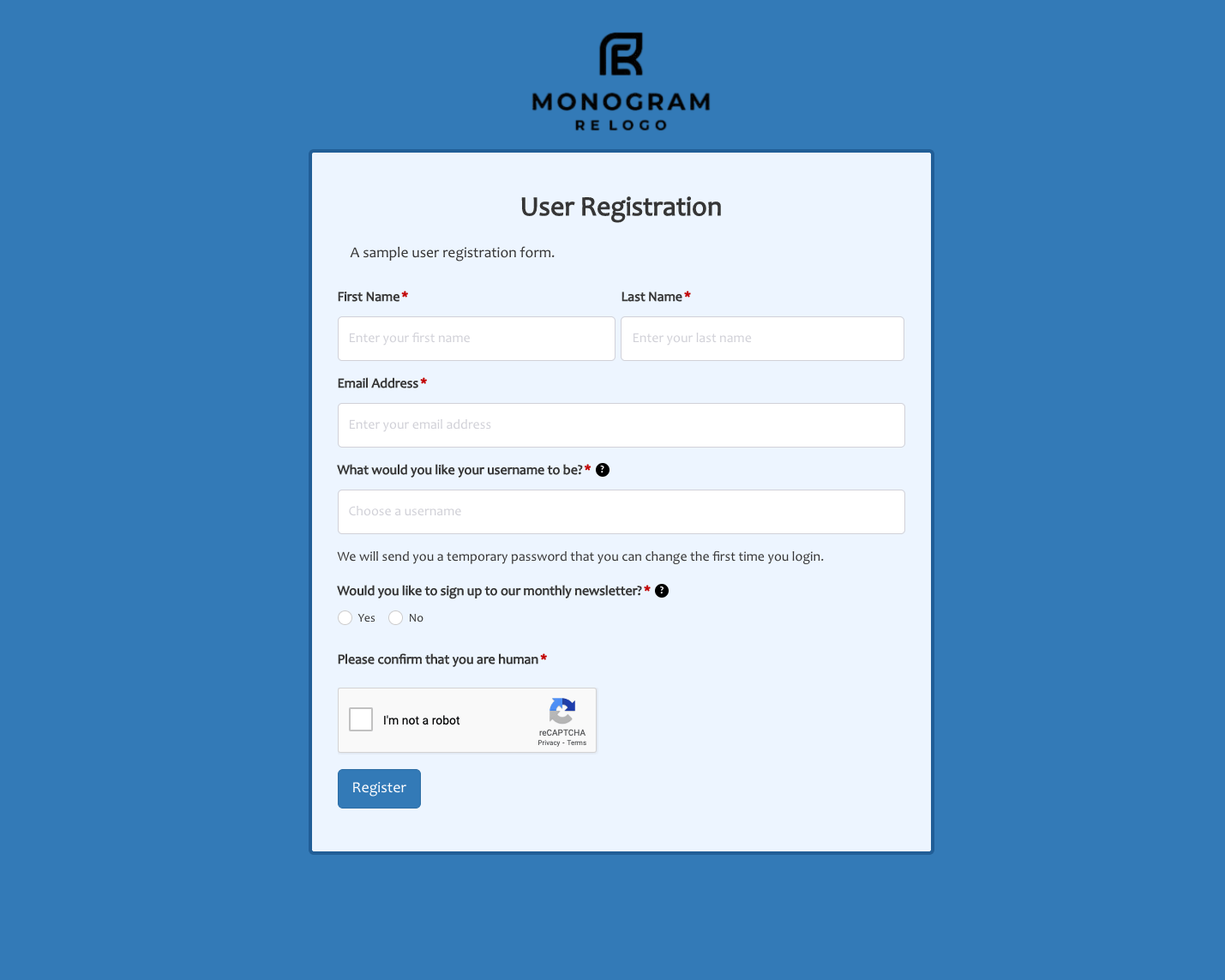 User Registration Form
User Registration Form
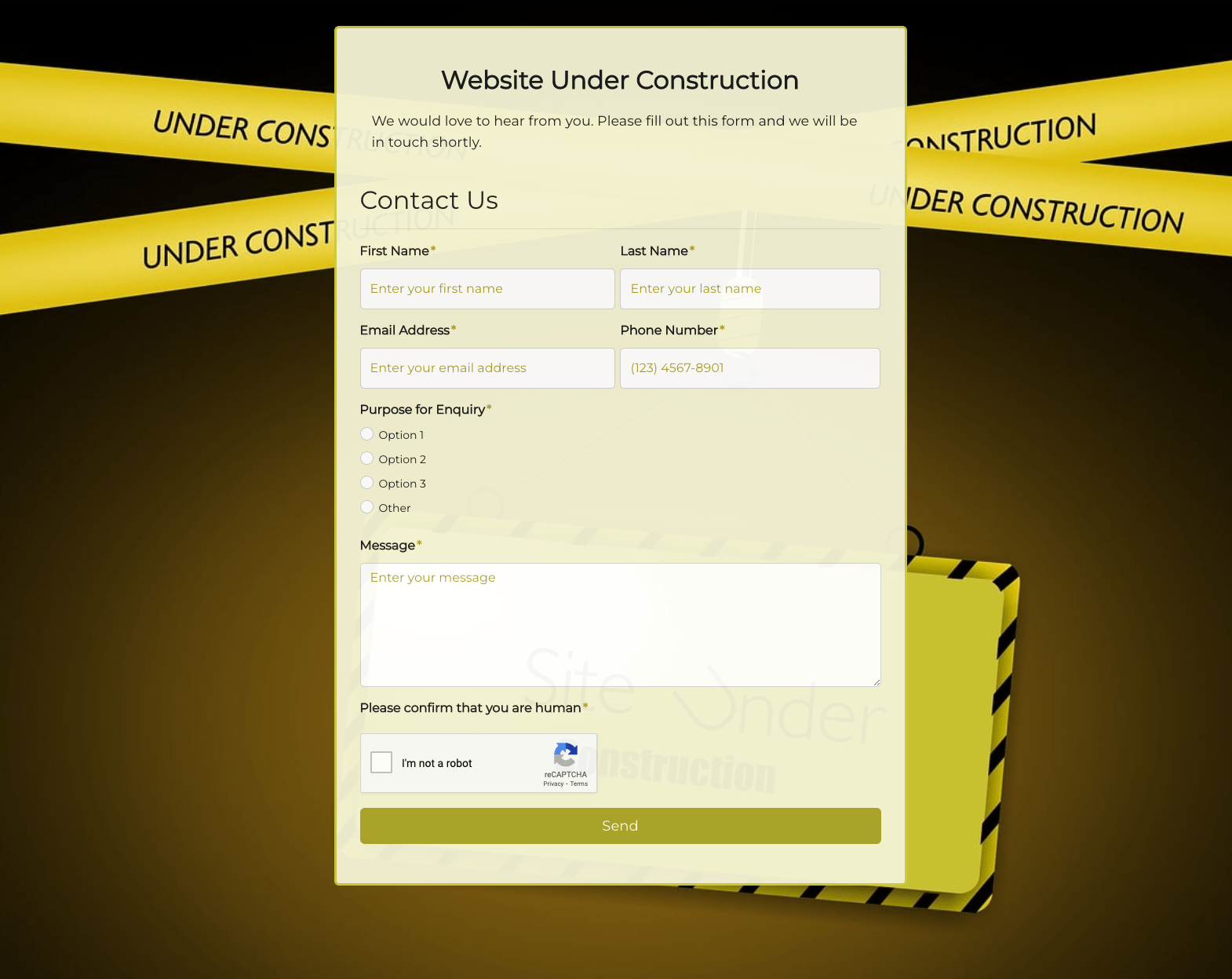 Website Under Construction Form
Website Under Construction Form
 Wedding Photographer Form
Wedding Photographer Form
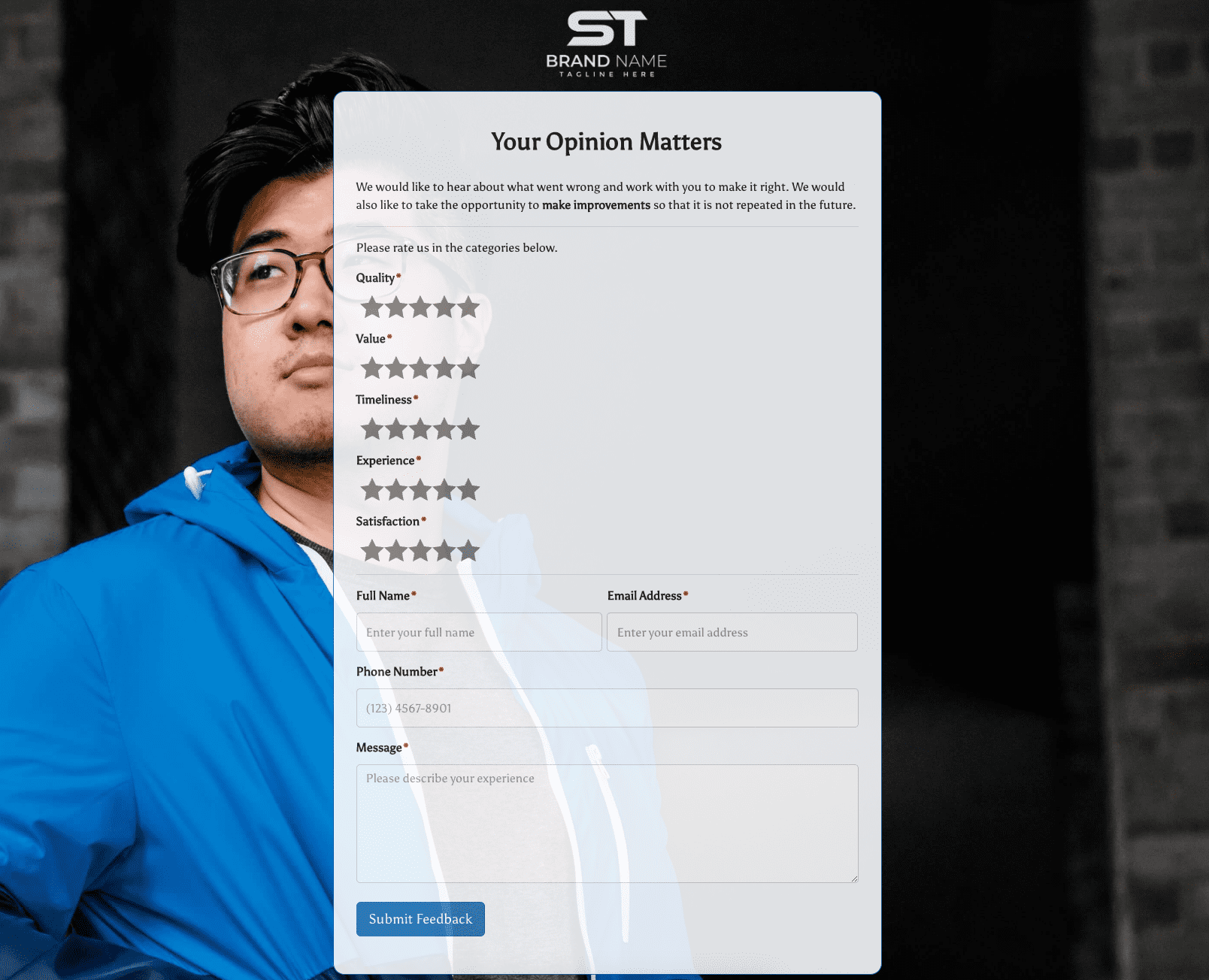 Your Opinion Matters Form
Your Opinion Matters Form











.png)





.jpg)






.jpeg)


